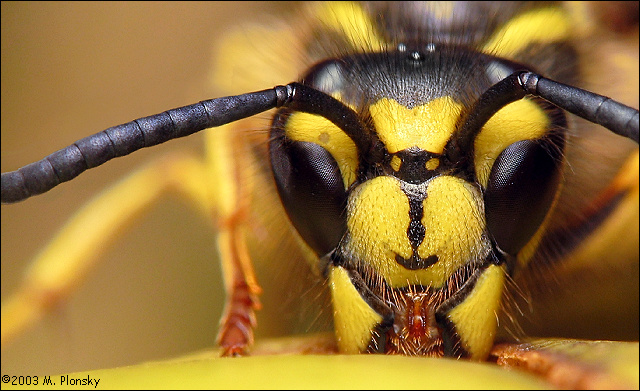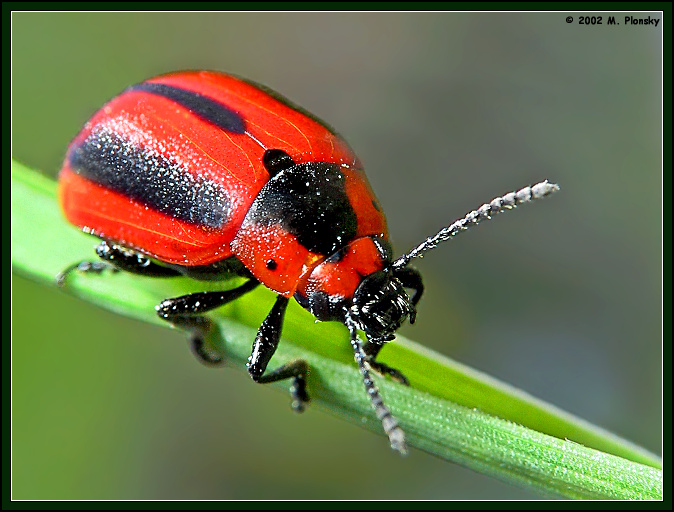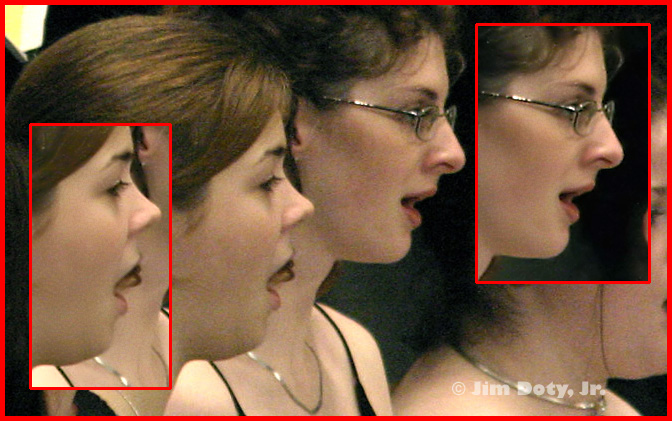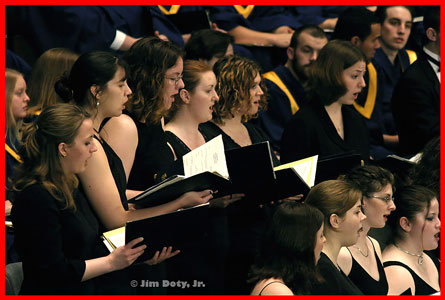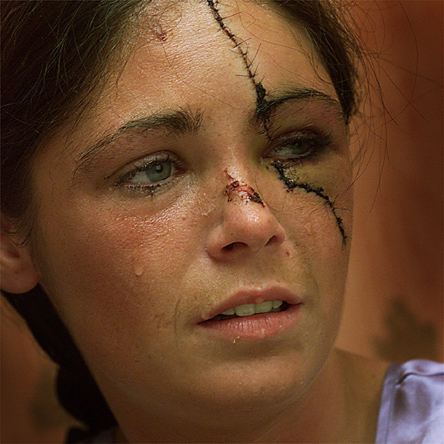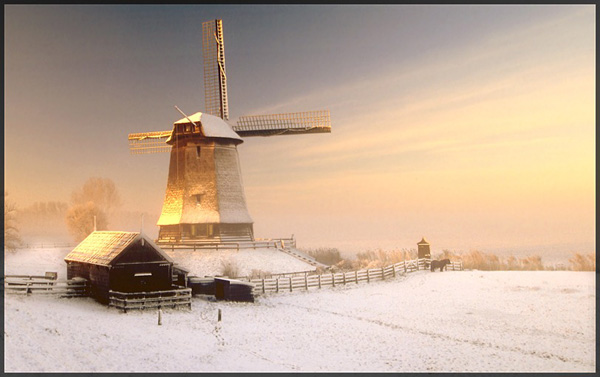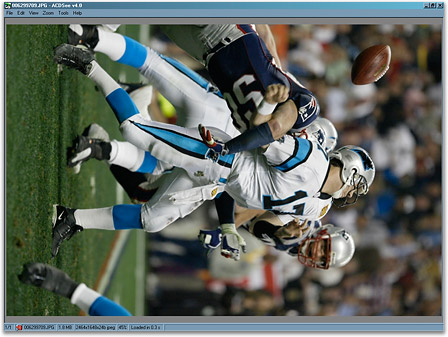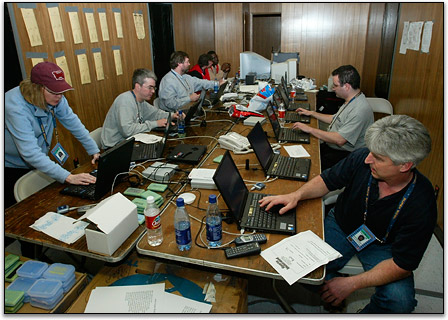At last! Yesterday I wanted full reviews of 8 megapixel digicams at DP review. This morning they are up at at DP Review.
Here is a quick summary of the conclusions:
Olympus C-8080 – Highly Recommended
Konica Minolta DiMAGE A2 – Recommended
Canon PowerShot Pro1 – Recommended
Nikon Coolpix 8700 – Recommended
Sony Cybershot DSC-F828 – Recommended
Highly Recommended is the top rating, followed by Recommended, Above Average, Average, and Below Avergage. I recommend picking a digital camera that receives a “Recommended” or “Highly Recommended” rating from DP Review.
These results are both surprising and disappointing. I must say that none of these cameras has all the features I want in an 8 megapixel camera. What I want already exists, just in 2 or 3 different cameras. What do I want? High image quality, 28-200 mm lens (35 mm equivalent), image stabilization, fast lens apertures, a buffer for raw files (no waiting to take 3 or 4 photos in fast succession), manual lens zooming, convenient manual focus, good close up ability, touch the shutter to go instantly back to shooting mode from any other mode, and intuitive controls. Maybe the next generation of 8 megapixel digicams will have everything, or almost everything in one camera.
Are these bad cameras? No, they are very good cameras. It is just that I have a good digicam already and none of these has the right combinations of features to compel me to upgrade.
But that shouldn’t stop you. One of these cameras may be just what you want. Read the reviews linked below and decide for yourself.
Image quaility from all these cameras is good, with some image attribute variations from camera to camera.
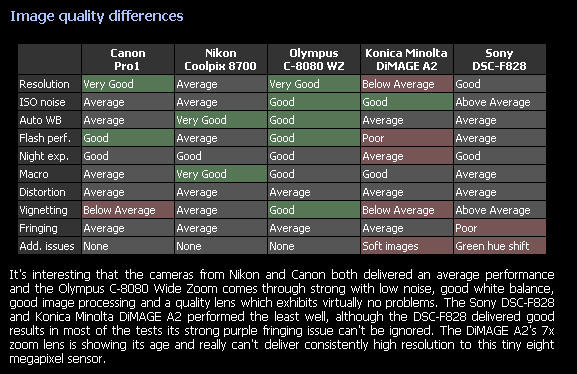
Image Quality Comparison Chart (c) DP Review
To recap my comments from yesterday, Reichmann likes these cameras in this order: The Minolta and Sony are his favorites with the Minolta edging out the Sony. The Canon is his middle of the road pick. The Olympus and Nikon are at the bottom of Reichmann’s list. It will be interesting to compare reviews.
Here are links for reviews at both sites:

DP Review: Olympus C-8080
Luminous Landscape: Olympus C-8080
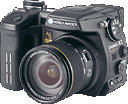
DP Review: Konica Minolta DiMAGE A2
Luminous Landscape: Konica Minolta DiMAGE A2
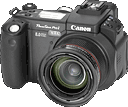
DP Review: Canon PowerShot Pro1
Luminous Landscape: Canon PowerShot Pro1
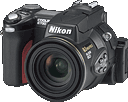
DP Review: Nikon Coolpix 8700
Luminous Landscape: Nikon Coolpix 8700 Non-Review
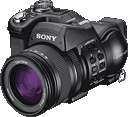
DP Review: Sony Cybershot DSC-F828
Luminous Landscape: Sony Cybershot DSC-F828
